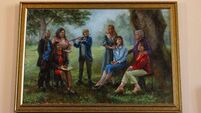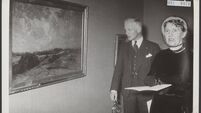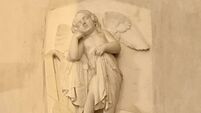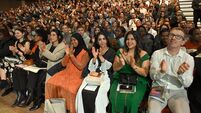Clodagh Finn: The silver tea set that tells story of Irish marriage bar
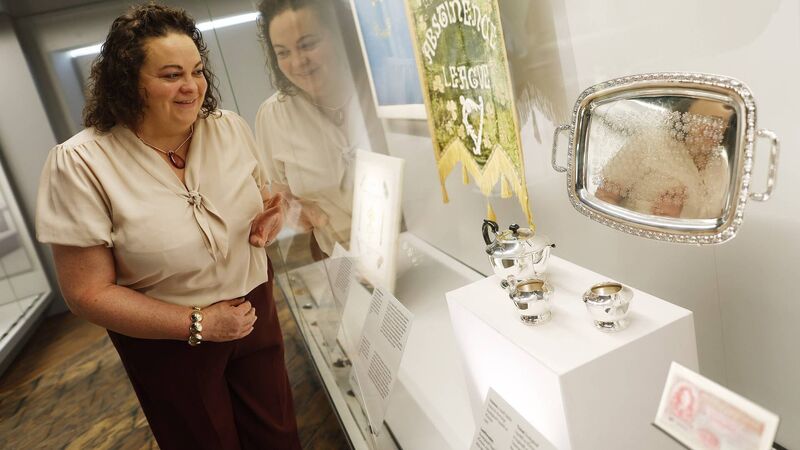
Karen Hoban with the tea-set given to her mother Mary Staunton by Mayo County Council, a wedding gift but also a (forced) retirement gift as married women could not return to their public-service jobs. Picture: Julien Behel.
They say a picture is worth a thousand words, but an object can tell the story of a lifetime.
The truth of that is evident as Karen Hoban talks about the silver-plated tea-set which was given to her mother by Mayo County Council when she got married in 1972. But there was nothing silver-plated about the harsh push out of her position that came with it, otherwise known as the marriage bar.





